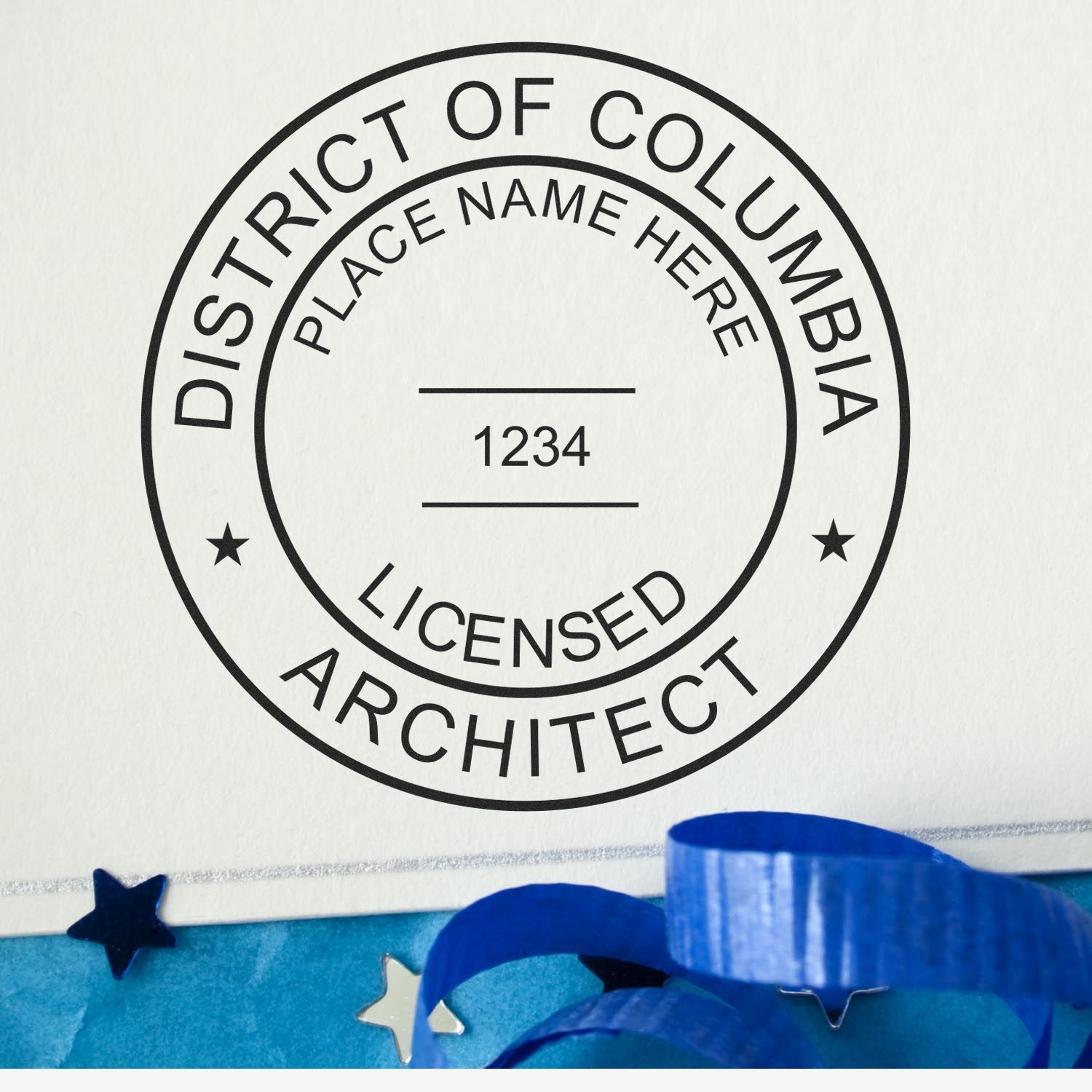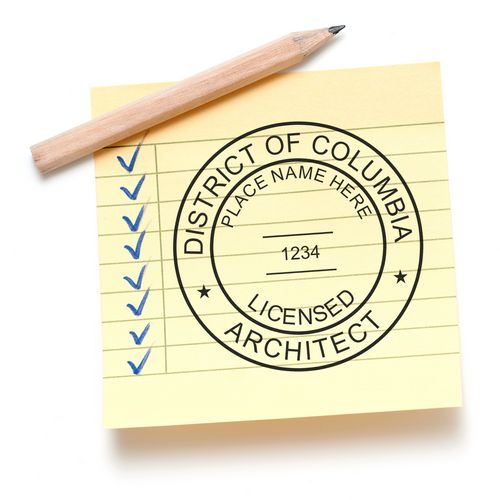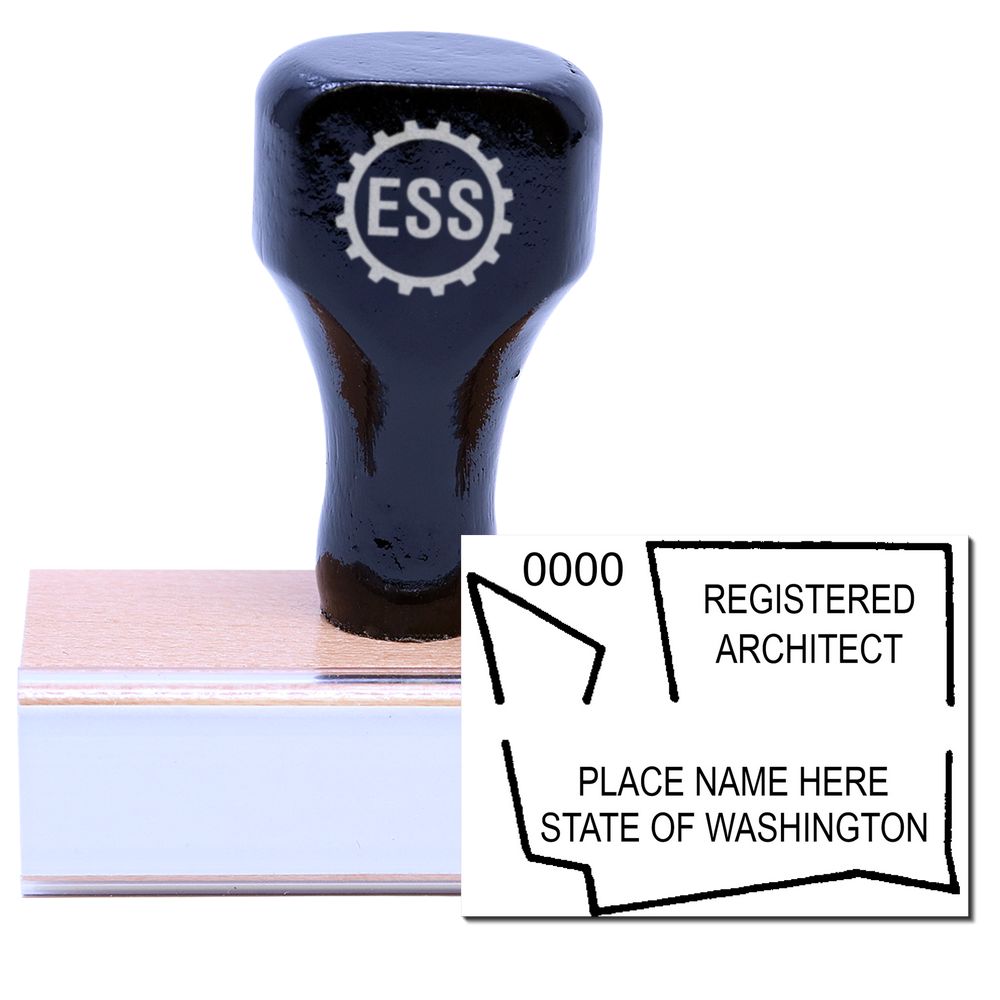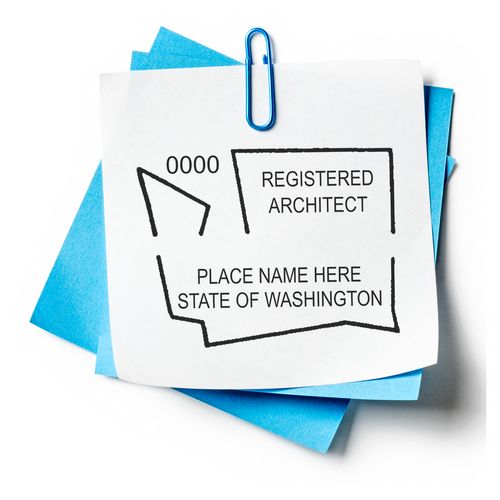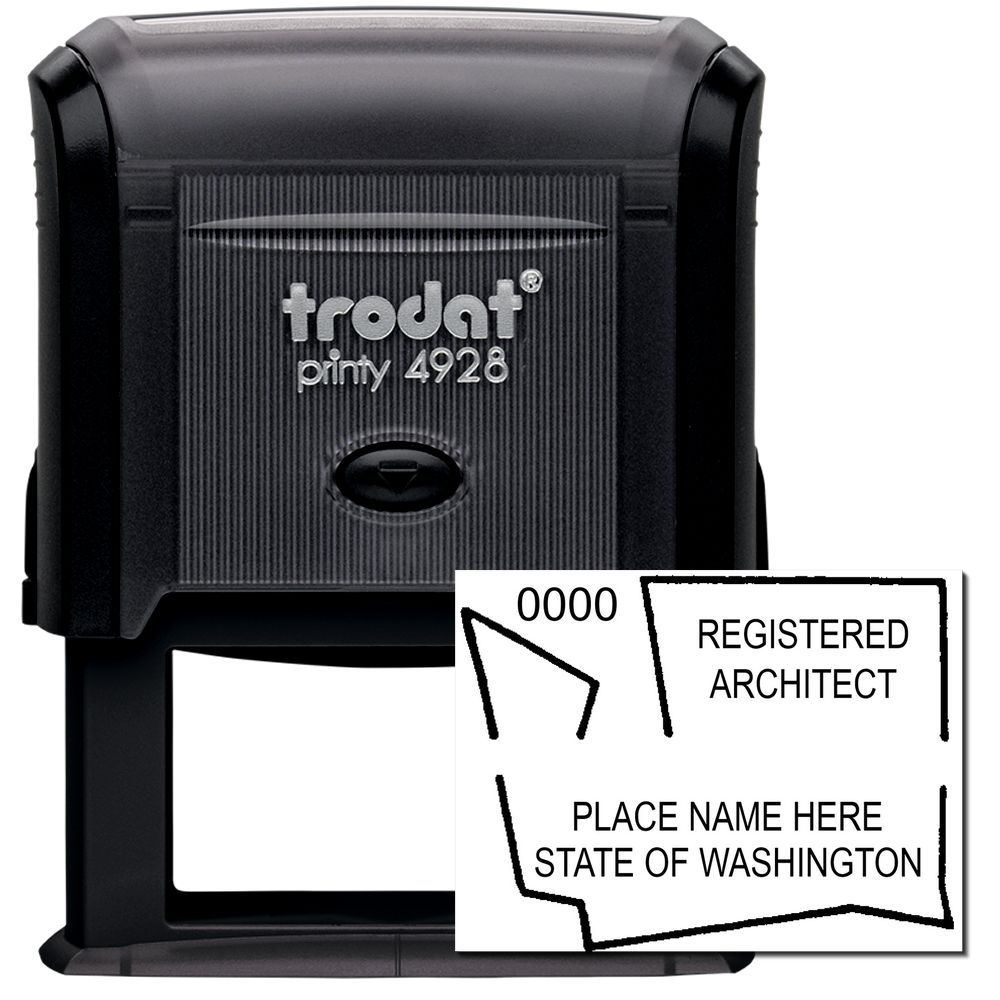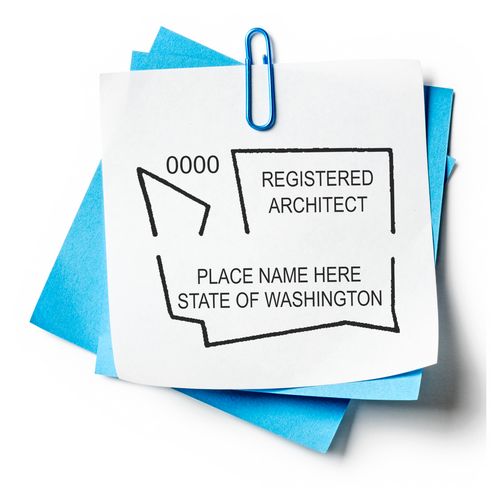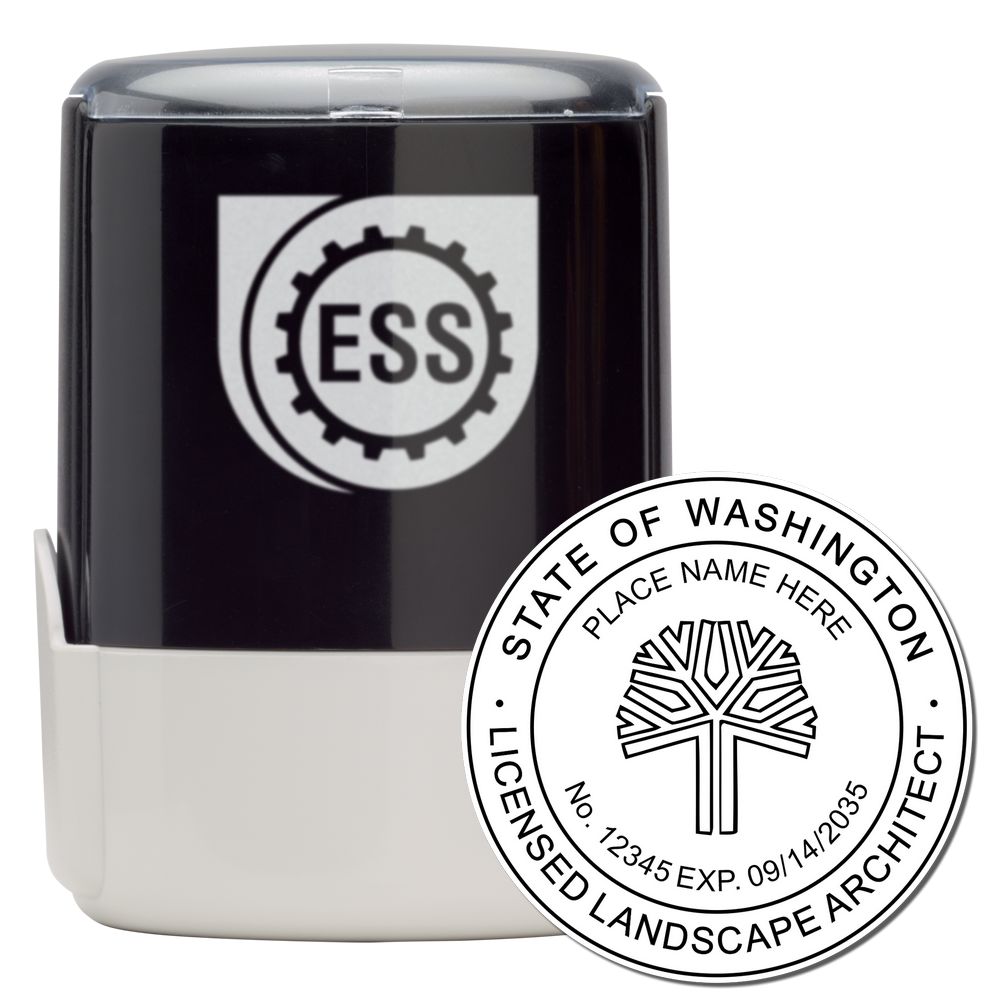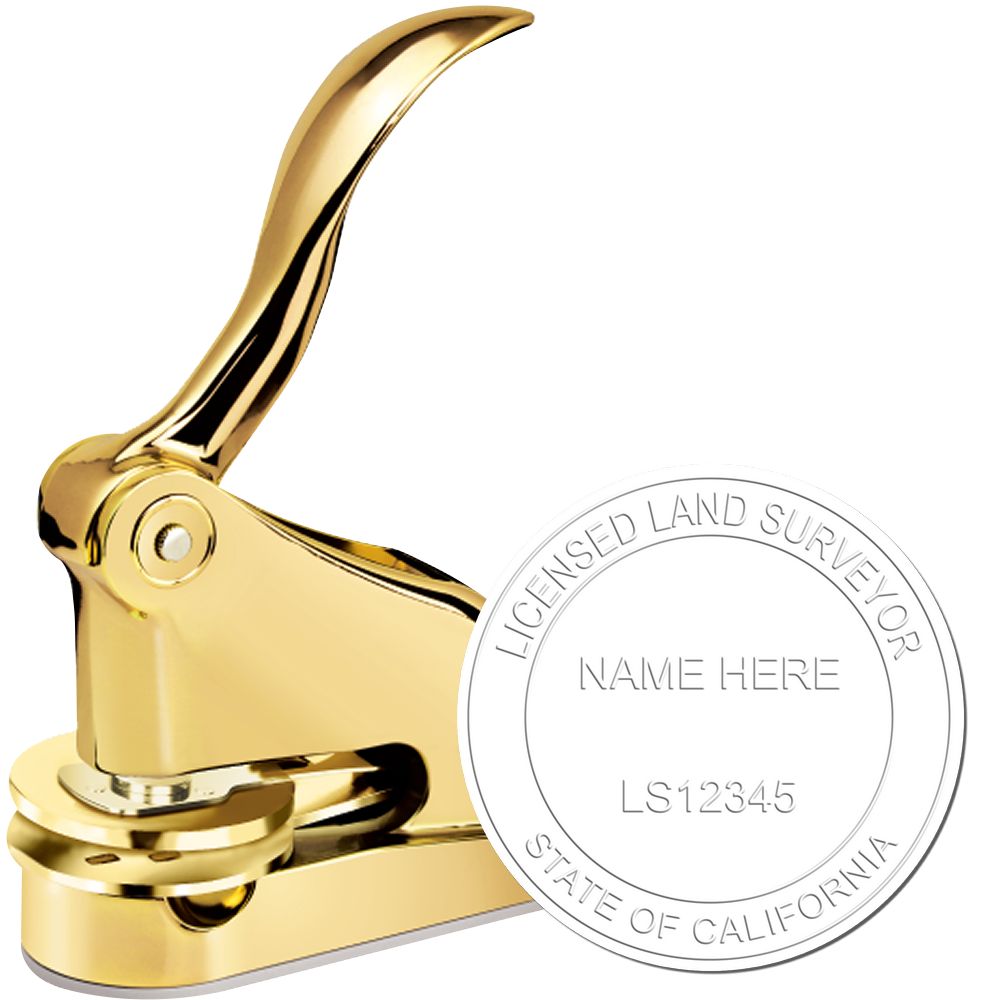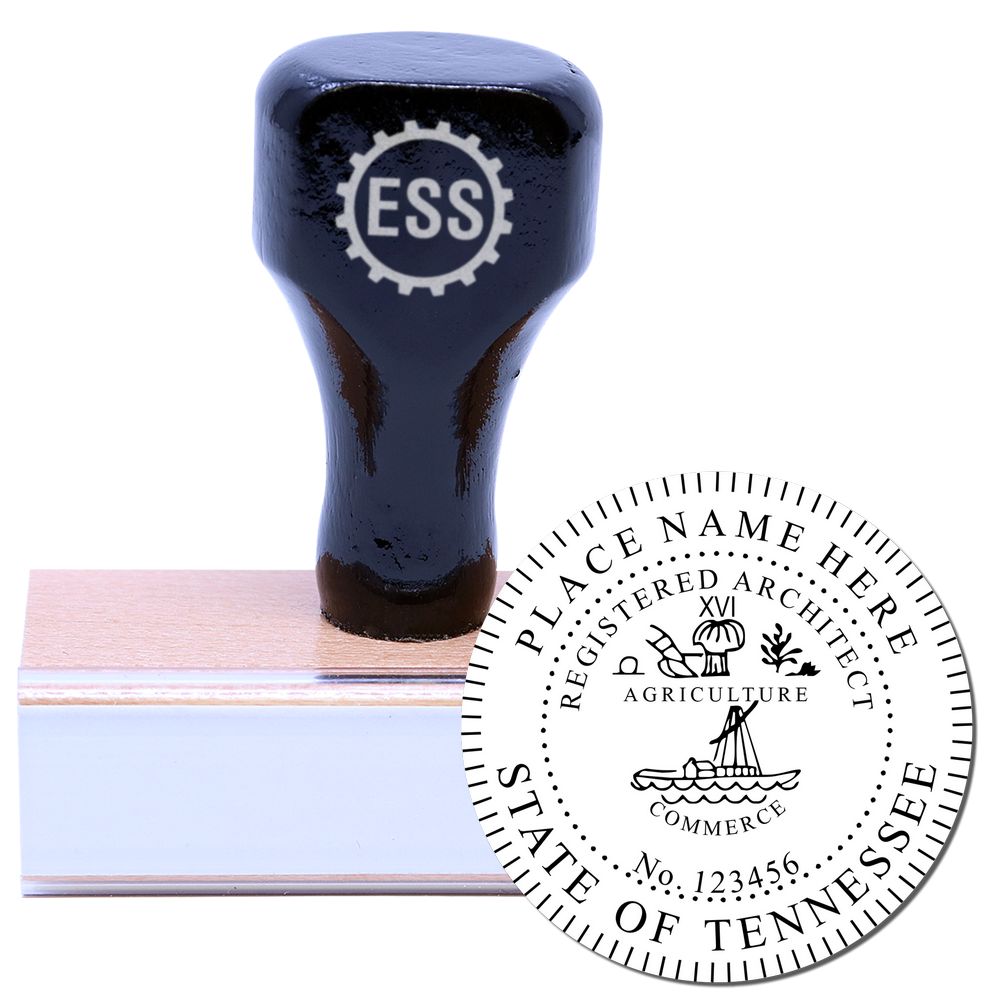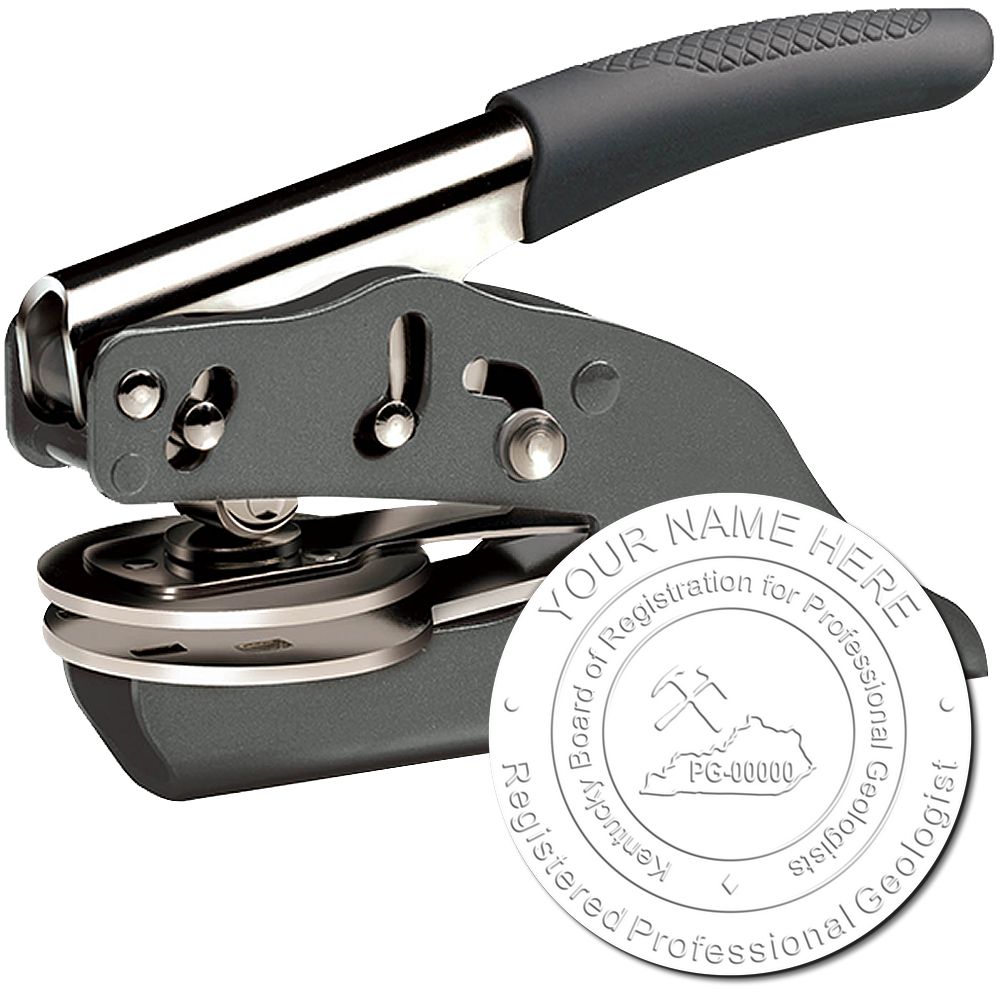Understanding Architect Seals
Architect seals play a crucial role in the architectural profession, serving as a mark of authenticity and professionalism on official documents. In the District of Columbia, architect seals are subject to specific requirements and regulations to ensure their validity and compliance. Let's explore the importance of architect seals and the specific District of Columbia architect seal requirements.
The Importance of Architect Seals
Architect seals are not just decorative stamps; they hold significant importance in the architectural field. These seals signify that a licensed architect has reviewed and approved the documents, plans, or drawings associated with a project. The seal acts as a symbol of the architect's accountability and expertise, providing assurance to clients, regulatory bodies, and the public that the architectural work meets the necessary standards.
By affixing their seal to architectural documents, architects take responsibility for the accuracy and compliance of those documents. This helps in maintaining the integrity of the profession and ensuring the safety, functionality, and aesthetics of the built environment.
District of Columbia Architect Seal Requirements
In the District of Columbia, architects must adhere to specific requirements when it comes to their seals. These requirements are designed to regulate the use of architect seals and maintain uniformity across architectural documents. The District of Columbia Board of Architecture, Interior Design, and Landscape Architecture oversees and enforces these requirements.
To learn more about the specific District of Columbia architect seal requirements, architects should refer to the guidelines provided by the board. These guidelines outline the size, format, and design specifications for the architect seal, ensuring consistency and legibility. For more detailed information, architects can visit the DC Architect Seal Guidelines.
Architects should also be aware of the expiration date associated with their architect seal. The District of Columbia architect seal must be renewed periodically to maintain its validity. Failure to renew the seal in a timely manner may result in its expiration. For more information on the renewal process and requirements, architects can refer to our article on DC architect stamp expiration.
Understanding and complying with the District of Columbia architect seal requirements is essential for architects practicing within the district. By ensuring that their architect seal meets the specified guidelines, architects can confidently endorse their work and demonstrate their professionalism to clients and regulatory authorities. For imprint specifications and more details on the DC architect seal, architects can refer to our article on DC architect seal imprint specifications.
Eligibility and Licensing
Before diving into the specific requirements for obtaining a District of Columbia (DC) Architect Seal, it's important to understand the overall process of becoming a licensed architect in the District of Columbia.
Becoming a Licensed Architect in the District of Columbia
To become a licensed architect in the District of Columbia, individuals must meet certain criteria set by the DC Board of Architecture and Interior Design. Here are the general steps involved in the licensing process:
-
Education: Obtain a professional degree in architecture from a National Architectural Accrediting Board (NAAB) accredited program. This typically involves completing a Bachelor of Architecture (B.Arch) or a Master of Architecture (M.Arch) degree.
-
Experience: Gain practical experience by working under the supervision of a licensed architect. The DC Board requires a total of 5,600 hours of experience, with specific requirements for different categories of work, such as design, construction documents, and project management.
-
Examination: Pass the Architect Registration Examination (ARE), which consists of six divisions covering various aspects of architectural practice and design. Each division assesses different knowledge and skills required to practice architecture safely and competently.
-
License Application: Submit an application for licensure to the DC Board, including all required documents and fees. The application usually requires providing detailed information about education, experience, and examination history.
-
Jurisdiction Specific Examination: Complete a jurisdiction-specific examination, which is focused on the laws, codes, and regulations specific to the practice of architecture in the District of Columbia.
Save 20%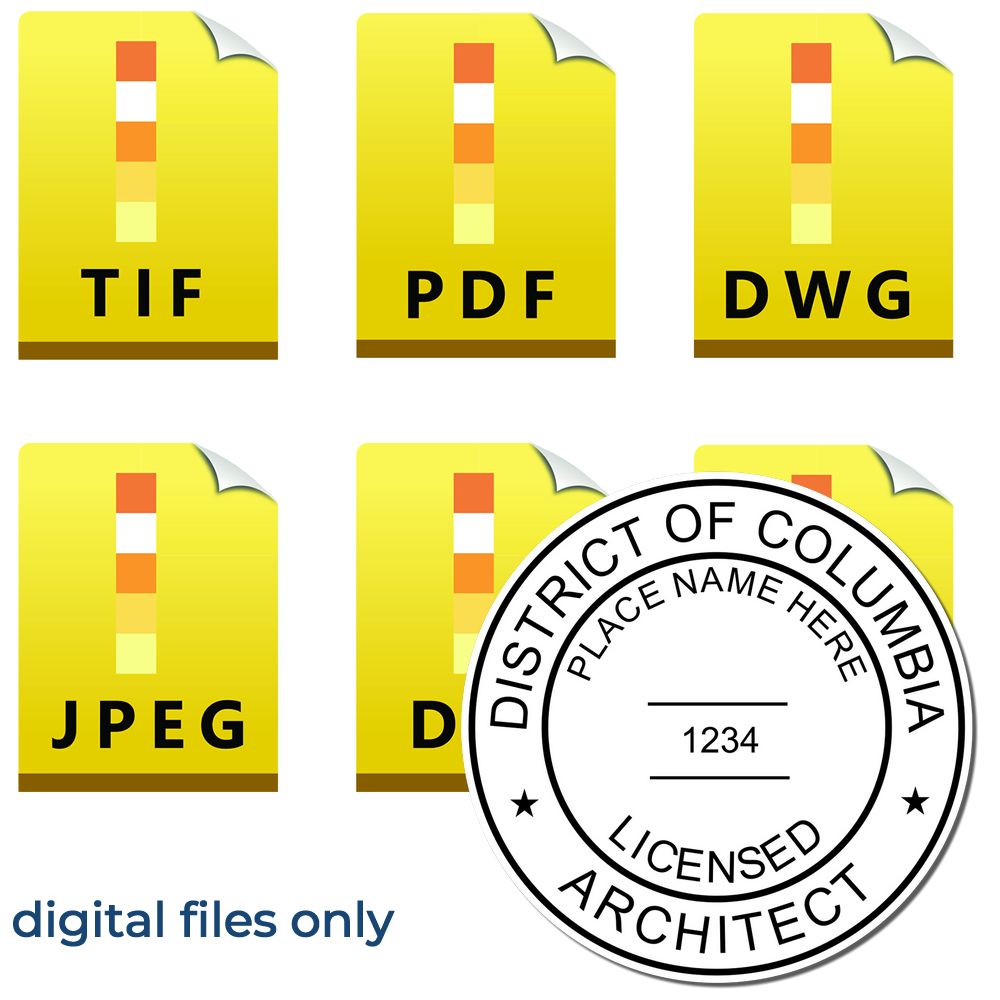
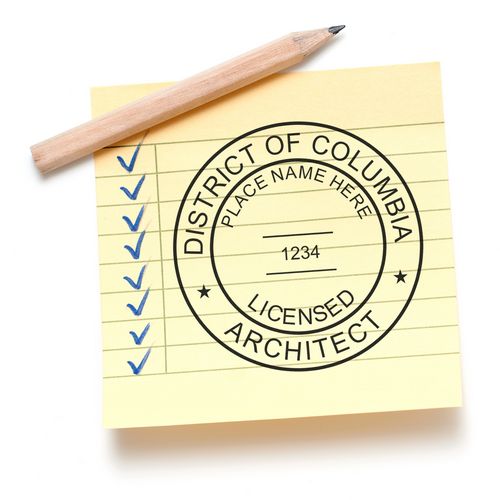 Digital District of Columbia Architect Stamp, Electronic Seal for DC Architect3008ARC-DCSale price$20.00 Regular price$25.00Save 20%
Digital District of Columbia Architect Stamp, Electronic Seal for DC Architect3008ARC-DCSale price$20.00 Regular price$25.00Save 20%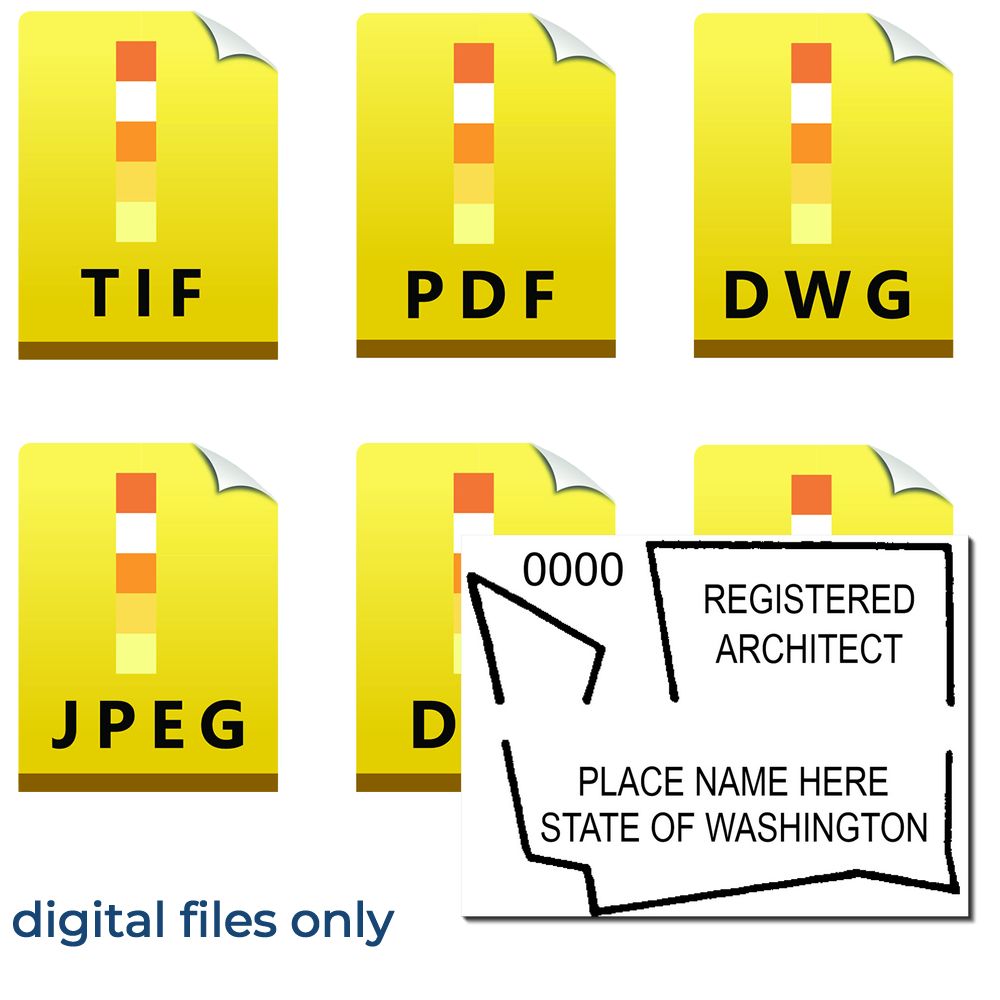
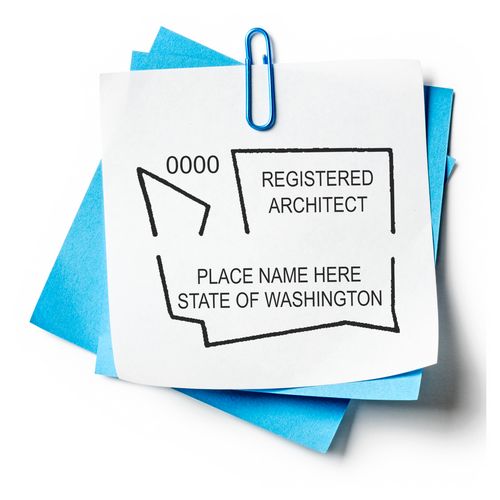 Digital Washington Architect Stamp, Electronic Seal for Washington Architect3008ARC-WASale price$20.00 Regular price$25.00
Digital Washington Architect Stamp, Electronic Seal for Washington Architect3008ARC-WASale price$20.00 Regular price$25.00
Once these steps are successfully completed and the application is approved, the architect will be granted a license to practice architecture in the District of Columbia.
Educational and Experience Requirements
To meet the educational requirements for licensure in the District of Columbia, individuals must obtain a professional degree in architecture from a NAAB-accredited program. The NAAB sets the standards for architectural education, ensuring that graduates are equipped with the necessary knowledge and skills to enter the profession.
In terms of experience, the DC Board requires a total of 5,600 hours of practical training. These hours must be obtained through the performance of architectural services under the supervision of a licensed architect. The experience should cover various aspects of architectural practice, including design, construction documents, project management, and other relevant areas.
It's important to note that the specific requirements for education and experience may vary depending on individual circumstances. It is recommended to refer to the DC Board's guidelines and regulations for detailed information on eligibility and licensing requirements.
For more information on DC Architect Seal Requirements, including educational and experience requirements, you can visit our article on dc architect seal guidelines. Additionally, to learn about maintaining and renewing your DC Architect Seal, check out our article on dc architect stamp expiration.
DC Architect Seal Requirements
To practice architecture in the District of Columbia, architects are required to obtain an architect seal, also known as a professional seal or stamp. This seal serves as an official mark of authenticity and signifies that the architect is licensed and authorized to provide architectural services in the district. Let's explore the overview of the DC architect seal and the size, format, and design specifications associated with it.
Overview of the DC Architect Seal
The DC architect seal is an essential tool for architects practicing in the District of Columbia. It is a visual representation of an architect's professional credentials and is typically affixed to official documents, such as architectural drawings, plans, specifications, and other related materials. The seal provides legal recognition to the architect's work and ensures compliance with local regulations and building codes.
The DC architect seal contains specific information, including the architect's name, license number, and the words "Registered Architect" or "Architect." The seal must be legible and clearly visible when applied to documents. For detailed guidelines on the DC architect seal, you can refer to our article on DC architect seal guidelines.
Size, Format, and Design Specifications
The size, format, and design specifications of the DC architect seal are governed by the District of Columbia Board of Architecture, Interior Design, and Landscape Architecture. The seal must conform to certain requirements to ensure its authenticity and validity. Here are the key specifications:
- Size: The DC architect seal should have a minimum diameter of 1 ¾ inches (44.45 mm) and a maximum diameter of 2 inches (50.8 mm).
- Format: The seal can be circular or rectangular, but the circular format is more commonly used.
- Design: The design of the DC architect seal should include the architect's name, license number, and the words "Registered Architect" or "Architect." The font size and style should be legible and clear.
- Imprint Specifications: The DC architect seal must produce a sharp and permanent imprint. It is typically embossed or impressed on the paper, creating a raised or recessed seal. For detailed specifications on the imprint requirements, you can refer to our article on DC architect seal imprint specifications.
Architects should ensure that their architect seal meets these specifications to comply with the regulations set by the District of Columbia. It is important to note that the DC architect seal has an expiration date, and architects must renew it periodically. For more information on the renewal process and requirements, you can refer to our article on DC architect stamp expiration.
Understanding the DC architect seal requirements is essential for architects practicing in the District of Columbia. By adhering to the size, format, and design specifications, architects can ensure that their seal is valid, compliant, and recognized by the relevant authorities.
Applying for the DC Architect Seal
Once you meet the necessary eligibility requirements and have obtained the required education and experience, you can begin the process of applying for the DC Architect Seal. This section will outline the application process as well as the submission requirements and documentation needed to acquire the seal.
Application Process
To apply for the DC Architect Seal, you will need to complete the application form provided by the District of Columbia Department of Consumer and Regulatory Affairs (DCRA). The application form typically requires you to provide personal information, including your name, contact details, and professional credentials.
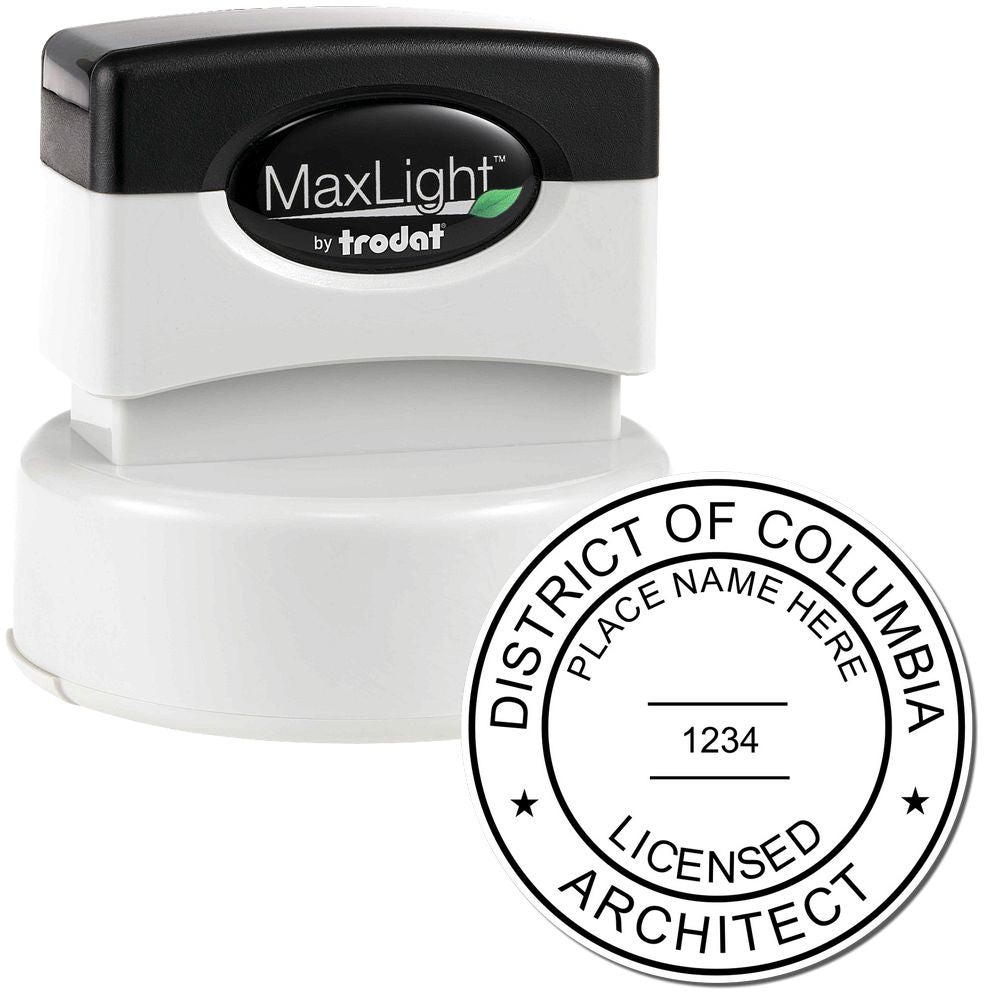
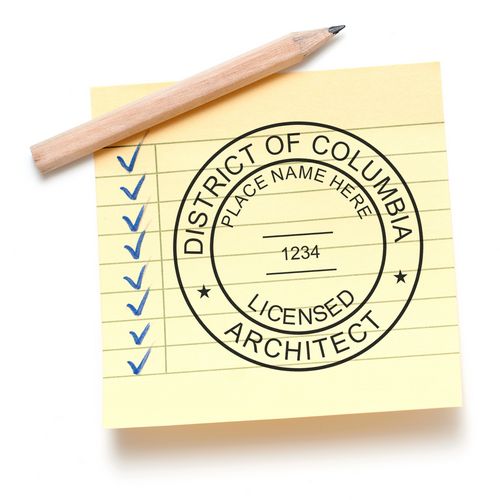
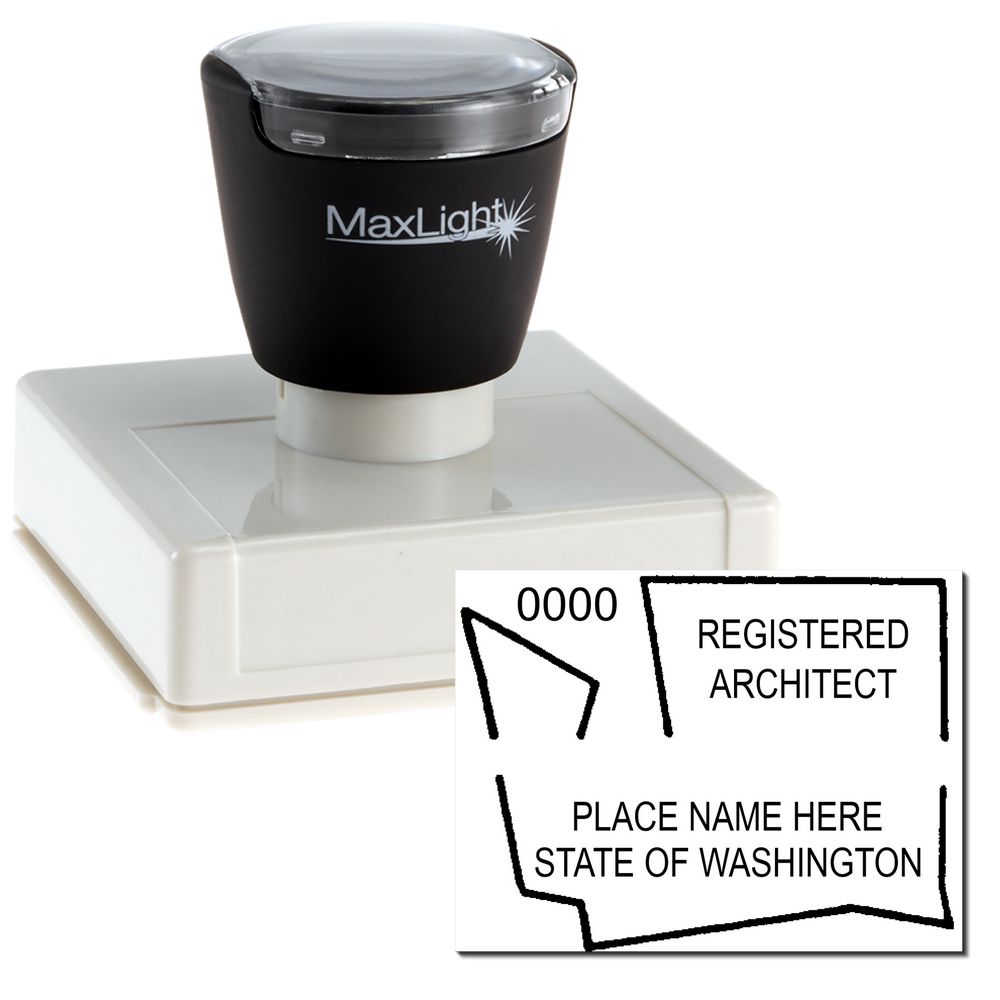
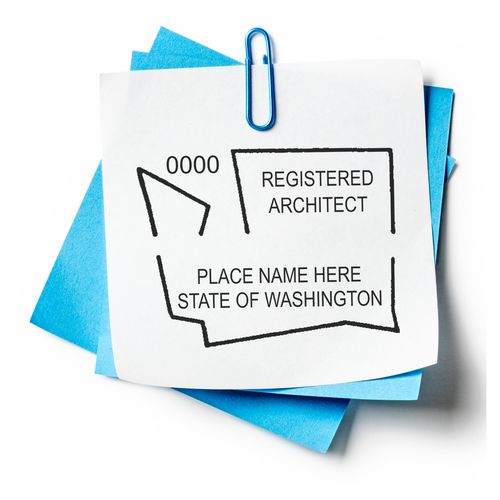
In addition to the application form, you may be required to submit the following:
-
Proof of licensure: You will need to provide documentation that proves you are a licensed architect in the District of Columbia. This may include a copy of your current architect license or a verification letter from the licensing board.
-
Proof of insurance: It is common for applicants to be required to provide proof of professional liability insurance coverage. This helps to ensure that architects are adequately protected in case of errors or omissions in their work.
-
Payment of fees: There may be an application fee associated with obtaining the DC Architect Seal. The fee amount can vary, so it's important to check the current fee schedule provided by the DCRA.
Once you have completed the application form and gathered the necessary documentation, you can submit your application to the DCRA. Be sure to carefully review the application instructions and double-check that all required materials are included to avoid any delays in processing.
For detailed guidelines on the DC Architect Seal application process, you can refer to our article on DC Architect Seal Guidelines.
Submission Requirements and Documentation
When submitting your application for the DC Architect Seal, it is important to ensure that you meet all the submission requirements and provide the necessary documentation. Failure to comply with these requirements may result in delays or rejection of your application.
The specific submission requirements and required documentation can vary, so it is essential to carefully review the instructions provided by the DCRA. However, common requirements may include:
-
Completed application form: Fill out the application form accurately and completely. Ensure that all required fields are filled in and that the information provided is up to date.
-
Proof of licensure: Include a copy of your current architect license or a verification letter from the licensing board to demonstrate that you are a licensed architect in the District of Columbia.
-
Proof of insurance: Provide proof of professional liability insurance coverage. This may involve submitting a certificate of insurance or other relevant documentation.
-
Payment of fees: Include the required application fee as specified by the DCRA. Payment methods can vary, so be sure to follow the provided instructions.
It is important to prepare your submission carefully and ensure that all documentation is accurate and up to date. Failure to do so may result in delays or complications in the issuance of your DC Architect Seal.
For more information on DC Architect Seal imprint specifications and expiration details, you can refer to our articles on DC Architect Seal Imprint Specifications and DC Architect Stamp Expiration.
By following the proper application process and submitting the required documentation, you can successfully obtain the DC Architect Seal and continue to practice as a licensed architect in the District of Columbia.
Maintaining and Renewing the DC Architect Seal
Once you have obtained your DC Architect Seal, it's important to understand the process and requirements for maintaining and renewing it. By staying up-to-date with the renewal process and fulfilling the necessary requirements, you can ensure that your architect seal remains valid and in compliance with the District of Columbia regulations.
Renewal Process and Requirements
The renewal process for the DC Architect Seal involves submitting an application to the appropriate authority within the District of Columbia. The renewal period typically occurs on a biennial basis, and it's essential to submit your renewal application before the expiration date to avoid any disruptions in your practice.
To renew your DC Architect Seal, you will need to provide updated information and documentation as required by the licensing authority. This may include personal information updates, proof of continuing education, and any additional documents deemed necessary. It's crucial to review the specific renewal requirements outlined by the licensing authority to ensure that you fulfill all the necessary obligations.
For more detailed information on the renewal process and specific requirements, you can refer to our article on DC Architect Stamp Expiration. This resource will provide you with valuable insights into the renewal timeline, application procedures, and any additional documentation that may be required.
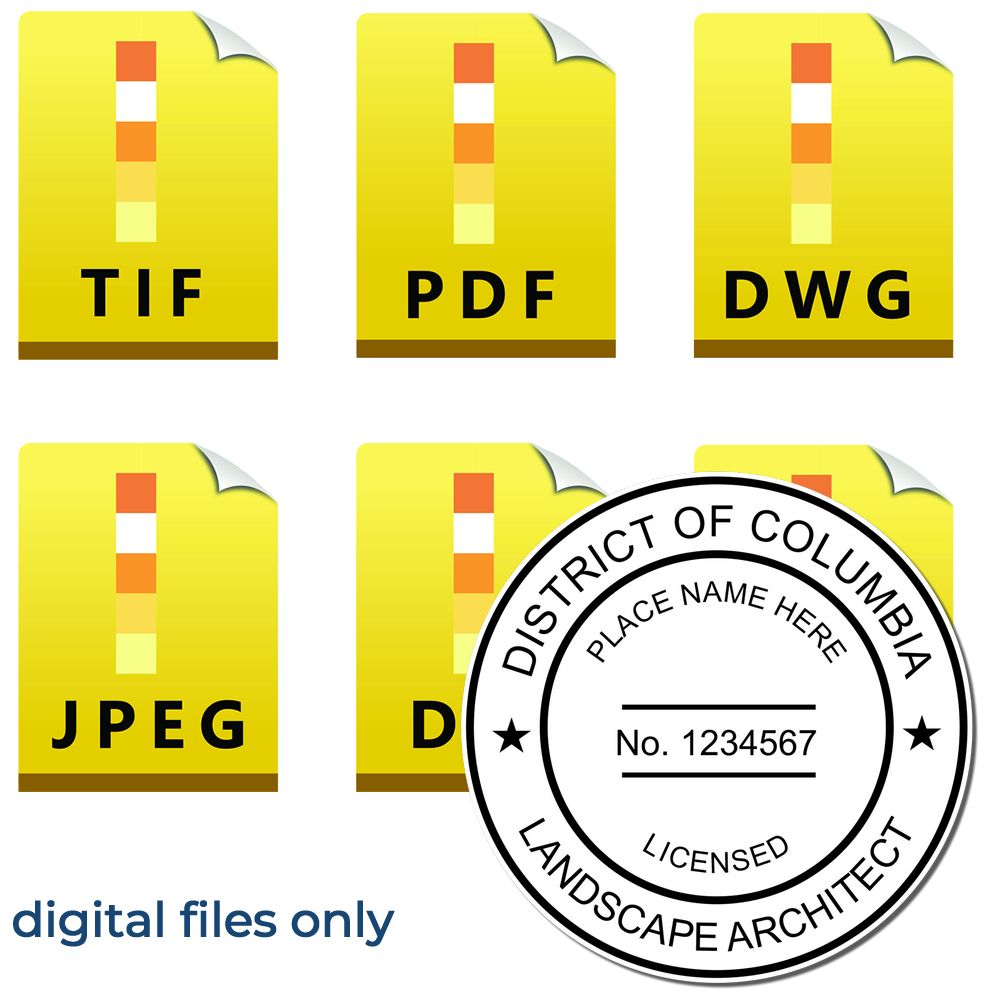
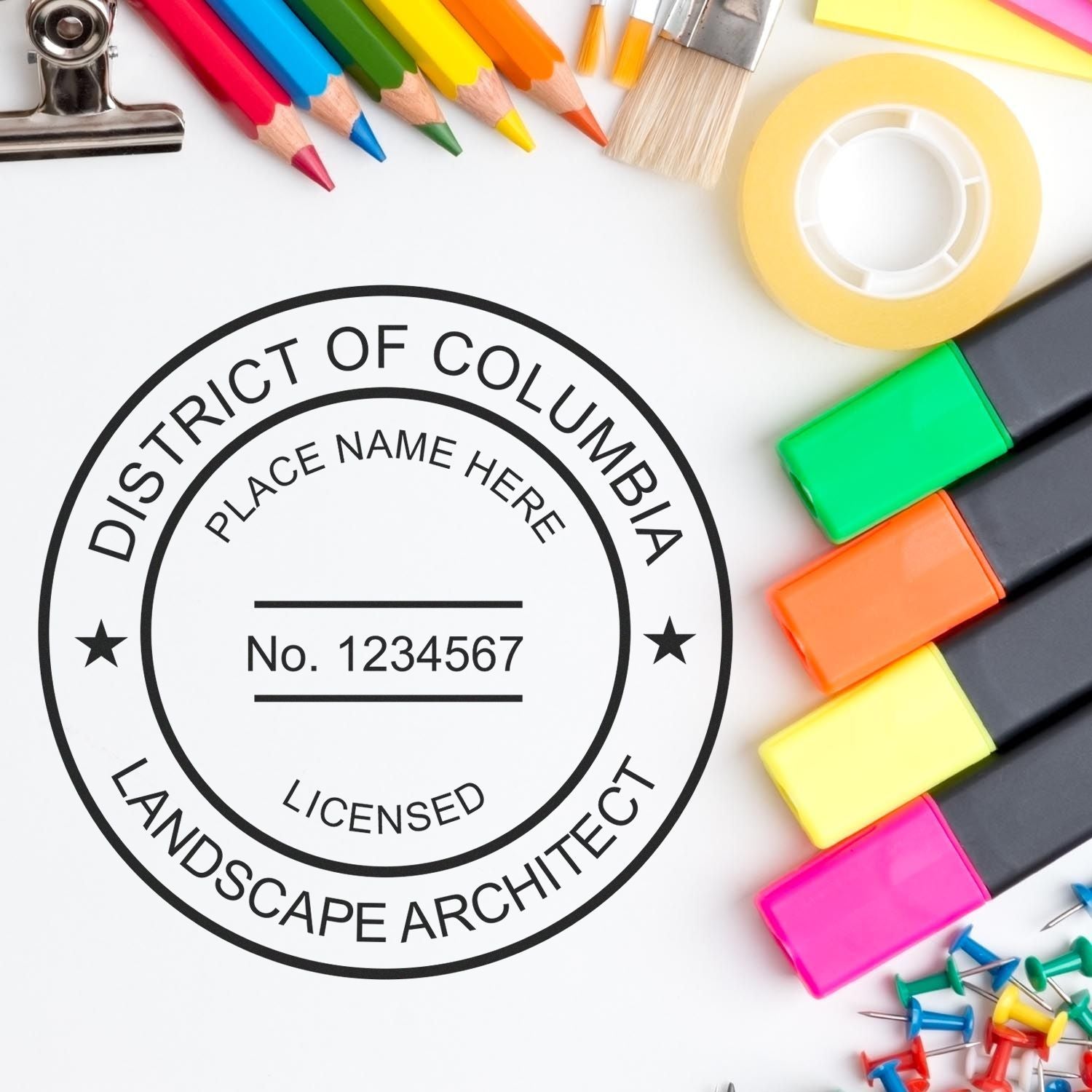
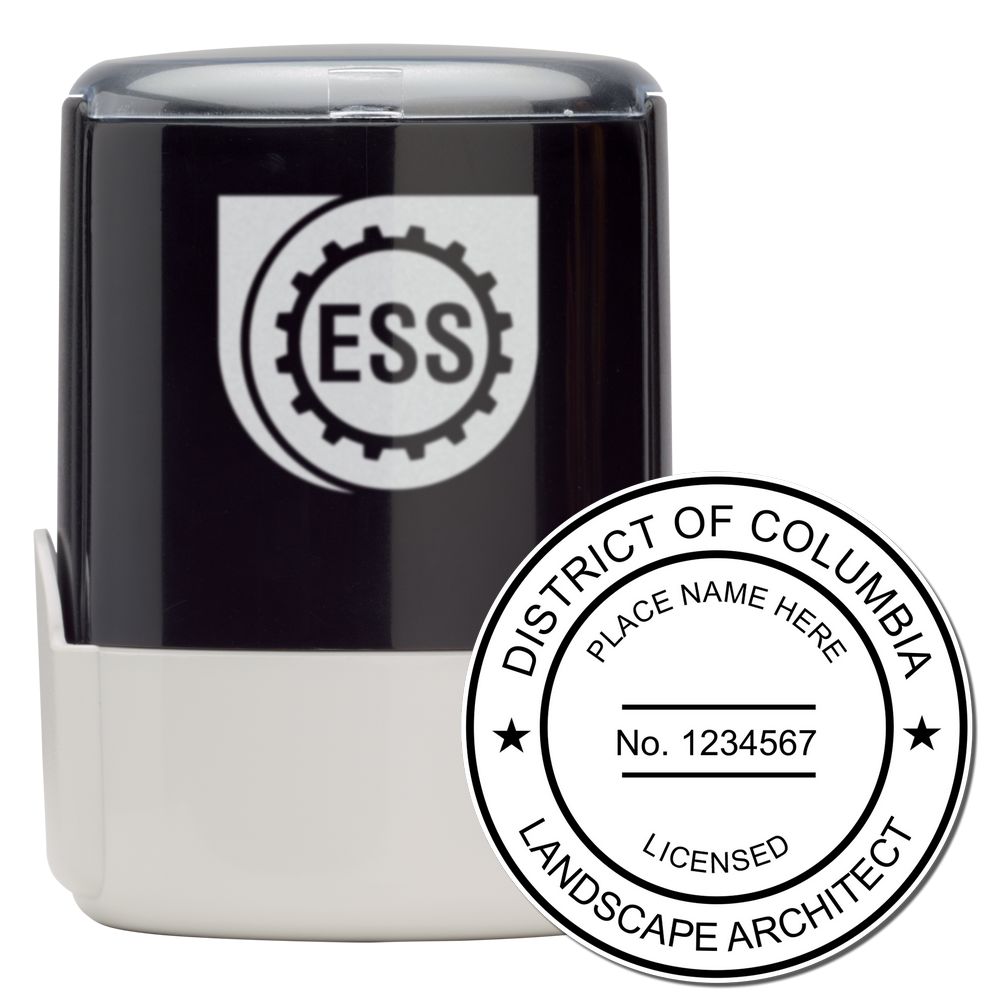
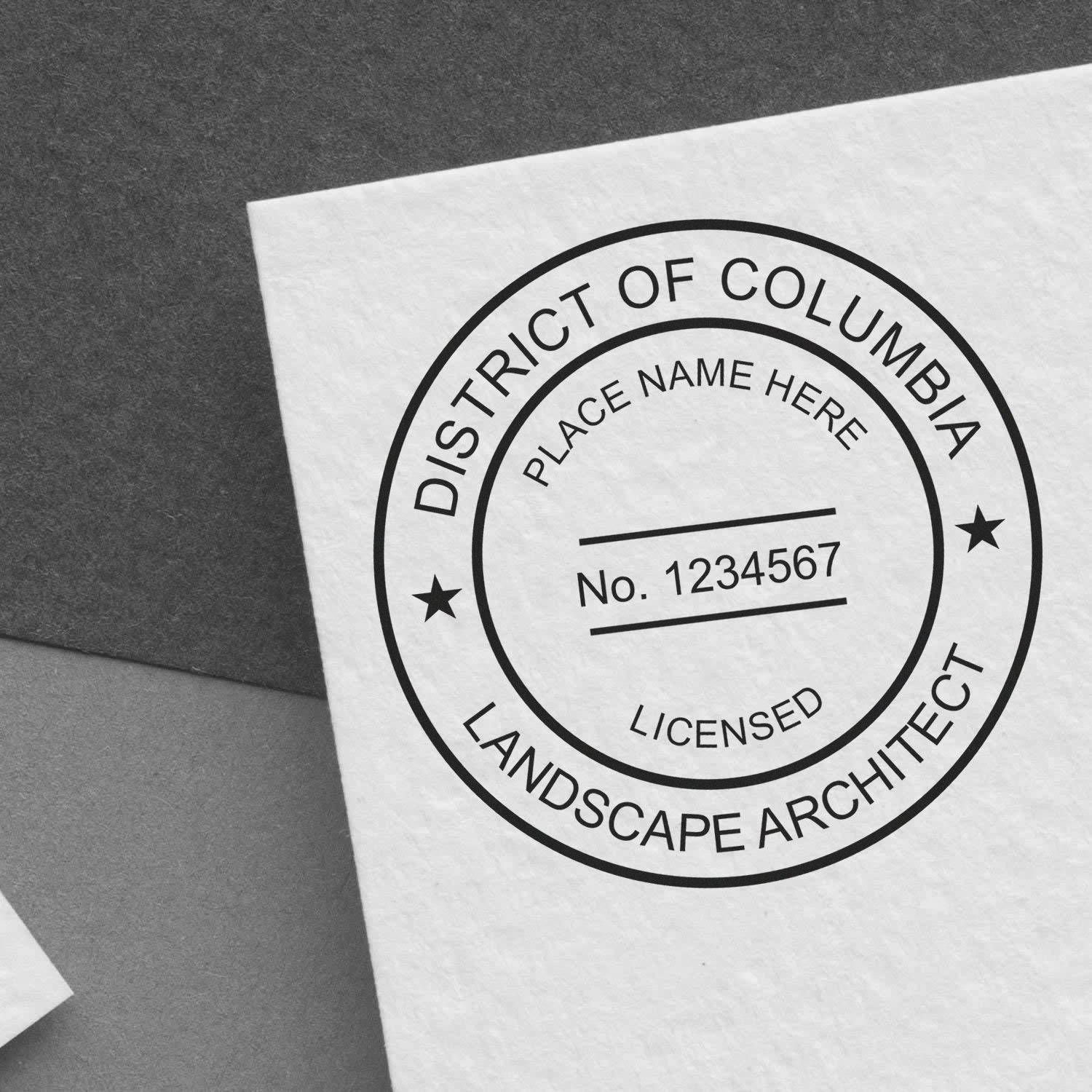
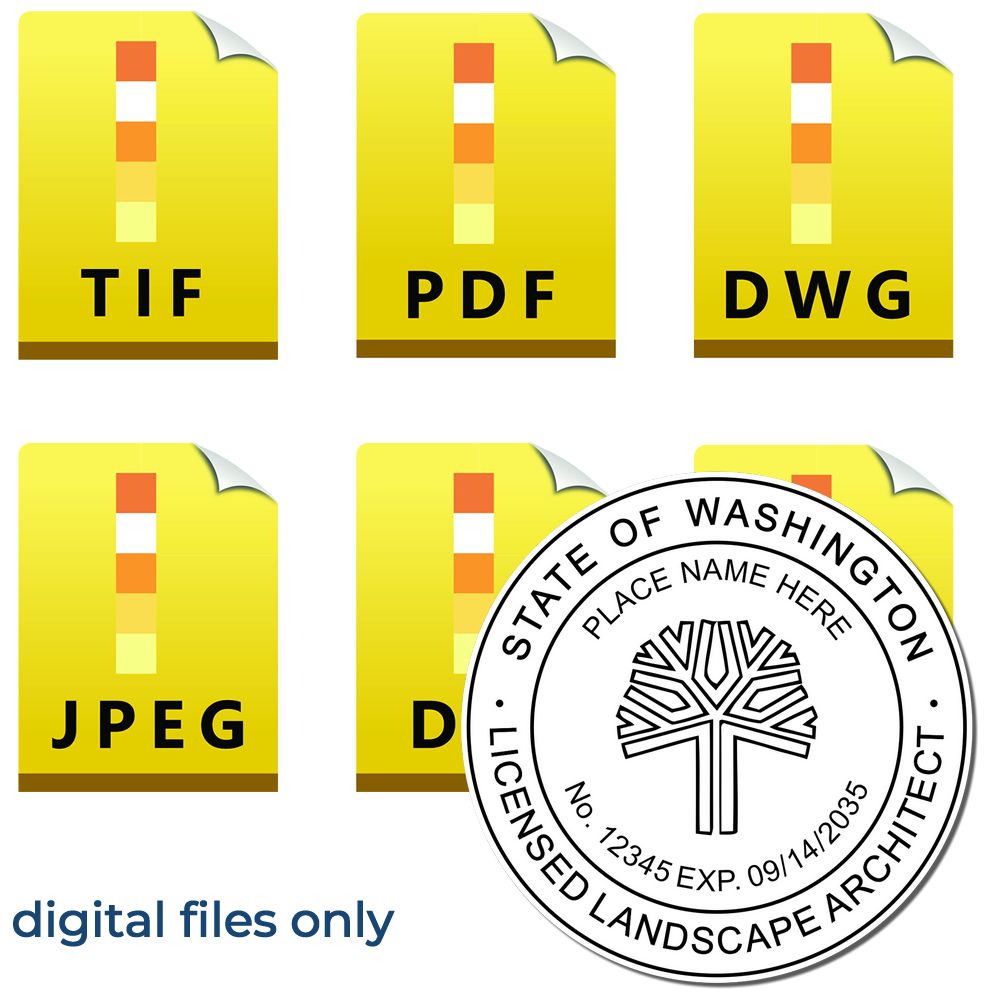
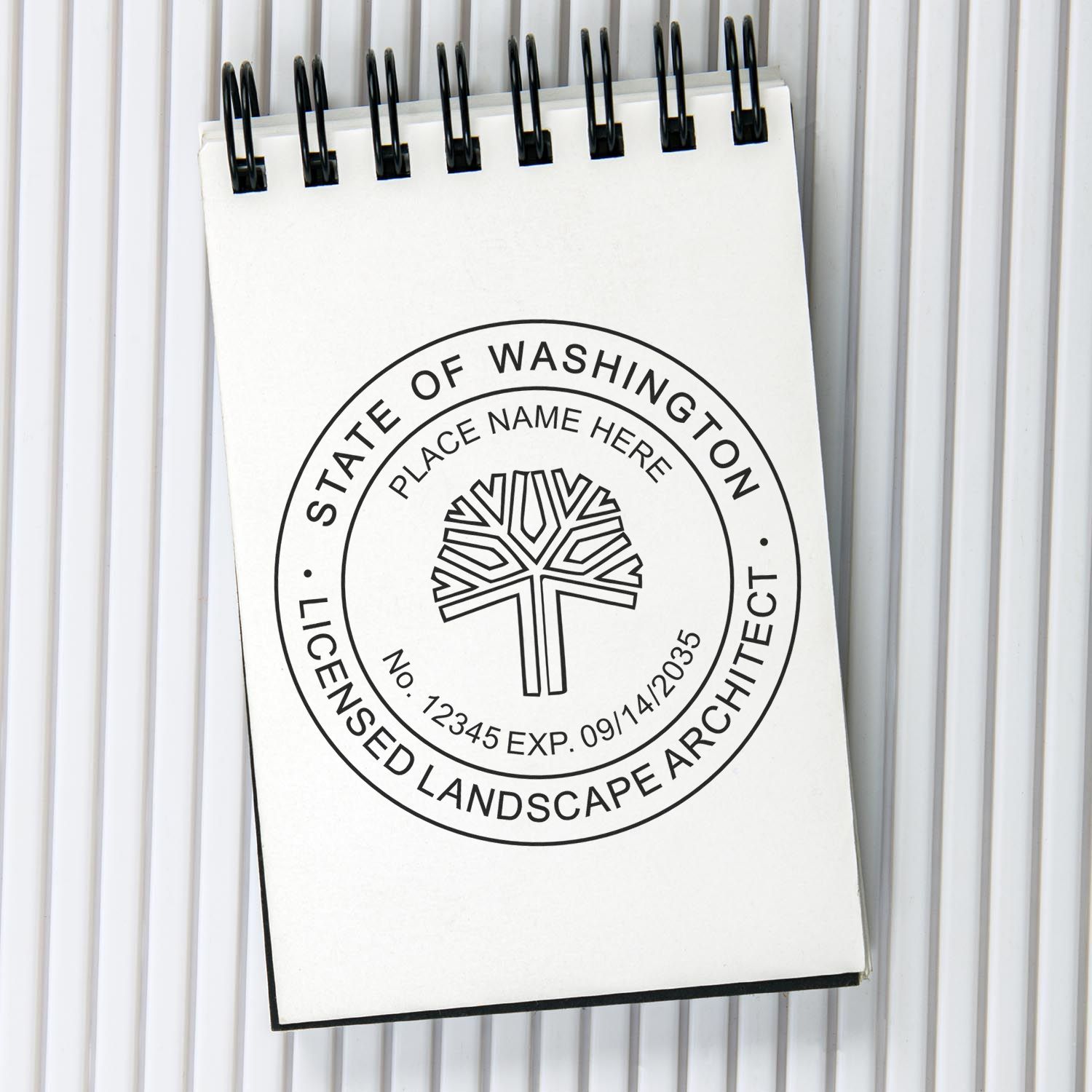
Continuing Education and Professional Development
As a licensed architect in the District of Columbia, it's vital to prioritize continuing education and professional development to maintain your skills and stay current with industry advancements. The licensing authority may require you to complete a certain number of continuing education hours during each renewal period.
Continuing education courses and programs allow architects to enhance their knowledge, stay updated on building codes and regulations, and explore new design trends and technologies. These courses can be completed through various educational institutions, professional organizations, or online platforms that offer accredited architecture courses.
By participating in relevant continuing education programs, you not only fulfill the requirements for DC Architect Seal renewal but also stay at the forefront of the architectural field. It's important to keep track of your completed continuing education hours and maintain the necessary documentation as proof of completion.
For more information on continuing education and professional development opportunities for architects, you can explore our article on District of Columbia Architect Stamps. This resource will provide you with valuable insights into the importance of ongoing education and the various resources available for architects in the District of Columbia.
By understanding the renewal process and meeting the necessary requirements, you can ensure that your DC Architect Seal remains valid and in compliance with the regulations set forth by the District of Columbia. Additionally, by engaging in continuing education and professional development, you can further enhance your skills and expertise in the architectural field.
About ESS
At ESS, we take pride in being the leading makers of custom rubber stamps, professional seals, and notary stamps. With years of experience under our belt, we have honed our skills to perfection, delivering nothing but the best to our valued customers.
Our commitment to quality is second to none, and we go to great lengths to ensure that every product that leaves our doors meets the highest standards. We employ state-of-the-art technology and the latest industry best practices to design and manufacture our products, ensuring their longevity and precision. Our team work tirelessly to create innovative solutions that help our customers achieve their goals quickly and efficiently. We understand the importance of precision and accuracy in our line of work, and we are committed to delivering products that exceed expectations.
At ESS, we believe that our customer service is just as important as the quality of our products. We are dedicated to providing exceptional customer service, and we take the time to listen to our customers' needs and concerns. We offer a state board guarantee on all our products, giving our customers peace of mind that their investment is protected.
In conclusion, ESS is more than just a maker of custom rubber stamps, professional seals, and notary stamps. We are a team of dedicated professionals who are passionate about delivering quality products and exceptional customer service. Our commitment to excellence is unwavering, and we are confident that you will be satisfied with our products and service.

